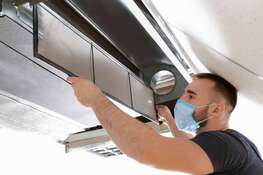 The steps you take to maintain kitchen equipment can help you avoid staff injury, costly repairs and downtime, and unsanitary conditions in your operation. If there any areas of your business where you have delayed maintenance due to constraints in time or other resources, having an updated maintenance schedule and task list may help you prioritize critical items. First, draft a schedule outlining when key equipment needs to be cleaned and inspected based on its age and frequency of use. Then create a list of each piece of food preparation equipment in your operation, including everything from fryers and grease filters to ice machines and water filters. For each item, list the cleaning and maintenance tasks that must be completed and when, along with any special instructions needed. Then select dates for the completion of these tasks so you can track them — whether manually or through an online system that automatically alerts you to these tasks. 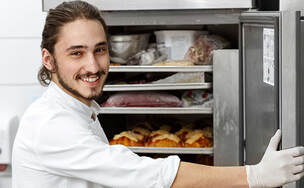 Ongoing supply chain problems mean that replacing a piece of equipment or a needed part could easily take months. In the interest of both food safety and the safety of your employees, take stock of what you need to do to keep your key equipment running as it should. A study from NSF International found that 27 percent of quick-service operations switch off machinery because of a lack of expertise or time to get to the root of a problem, and 10 percent of quick-service managers admitted to skipping automatic cleaning cycles and ignoring error messages on equipment. Now is an important time to get to know how to best maintain your equipment and ensure your employees feel safe in promptly reporting when something isn’t working properly.  At a time when energy prices are high and it’s more important than ever to make efficient use of labor and time in restaurants, your equipment needs to do its job well. When it comes to cleaning tableware, how well does your dishwasher do? Is it ever necessary to rewash items or polish them by hand? Depending on what kinds of new foods you’re bringing to the menu, you may need to make some changes. A recent Restaurant Business report says that beyond proper racking and scraping of tableware prior to loading in the dishwasher, you may need to consider new washing products that are designed to remove high-protein foods or other foods that call for tableware to be washed differently. 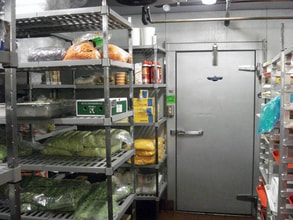 Poorly maintained appliances aren’t just energy drains but also food safety hazards – and if you aren’t using up-to-date technology to monitor your equipment right now, ensure you are manually checking it daily for signs of malfunction. The walk-in cooler, for example, is among the top sources of food inspection violations. Monitor your cooler’s working order by confirming there is no difference between the temperature of the air in the cooler and the food being stored. Look for traces of mold and ensure the door closes securely. Check for the build-up of grease on the exhaust fan, as well as any water dripping from it, which can pose a food contamination risk. The freezer has been an increasingly critical tool for chefs in recent months, enabling them to continue to serve up meals to-go for immediate heating or later consumption. It will continue to play a key role in restaurant kitchens as operators look to manage fluctuations in customer demand in the months ahead and extend the use of seasonal produce as it becomes more readily available. To minimize deterioration in the quality of frozen food, make sure your staff handles to-be-frozen foods properly. FoodSafetyConnection advises using freezer bags or freezer paper for storing items, squeezing all air out of freezer bags prior to sealing, allowing hot food to cool prior to freezing, and labeling all frozen foods with the use-by date appropriate for the specific item.
The coronavirus has brought new importance to the cleanliness of restaurant facilities – and you may well be cleaning surfaces more regularly now. Your POS equipment needs special care, since improper cleaning and disinfecting can cloud screens or damage other components. The National Restaurant Association advises following the manufacturer’s guidelines for all cleaning and disinfecting, but some general rules apply overall: Before cleaning equipment, make sure your hands are clean and dry. Use a clean microfiber cloth or soft towel – not soap – to clean visible marks on equipment. Don’t pour disinfecting liquids directly onto a POS surface; rather, use a solution that’s at least 60 percent alcohol on a soft towel or microfiber cloth, or use premoistened alcohol wipes.
While the U.S. Environmental Protection Agency has addressed the need for good ventilation in its guidance about keeping indoor spaces safe from the coronavirus, overhauling ventilation systems isn’t typically at the top of the list of actions restaurant operators are taking to make their facilities safer right now. There are likely good reasons for that: For one, the challenging economic climate makes it difficult to fathom making a significant investment in an HVAC update. But what if there were more cost-effective ways to improve the air quality in your restaurant? Regular system inspections and maintenance, attention to cleaning products and protocols, and the reconfiguring of your kitchen and dining room can all help. This report from Modern Restaurant Management offers additional guidance (https://bit.ly/2DCTjSa).
Local governments have been focusing on outdoor dining for good reason: As the weather warms and we need air conditioning to keep spaces cool, the risk of spreading virus particles can increase indoors. Recent research from the University of Oregon and the University of California, Davis, found that the path of air circulation within a restaurant plays an important role limiting the spread of the virus, particularly because the air stream in a restaurant can carry virus particles beyond the six-foot social distancing guideline. However, risks improve in situations with a window and an exhaust fan helping to manage air flow. The research team created a visual model to show the differences in transmission in a closed room where indoor air is recirculated and in a room that circulates some outdoor air through a window. While circulating outdoor air isn’t workable in every restaurant or every part of the country, Boston 25 News reports that Kevin Van Den Wymelenberg, one of the authors of the research, said you can test a building for the presence of the virus and then take steps to adjust air circulation patterns to minimize risk in your facility.
It can be easy to get caught up in the new bells and whistles that may protect the safety of your restaurant and improve guests’ perception of your safety practices in the months ahead. But you can take some comfort in focusing on the key food safety practices you had been following – plus ensuring your employees wear a mask. A recent survey of 1,000 adults by the International Food Information Council Foundation found that of the food safety actions businesses can take right now, consumers view the wearing of protective equipment, frequent cleaning, the wearing of gloves while working, and the availability of sanitizers or wipes as the most important. While top responses were consistent from April to May, having employees wear masks while working jumped to the top of the list in May – at 36 percent. It sends an extra signal to guests that you value their safety.
If you have invested in systems and sensors to monitor aspects of your restaurant’s food safety protocol, don’t let them give you a false sense of security. The technology is only helpful if it is used to support careful food safety practices already in use. As ComplianceMate advises, make sure you follow up on any inconsistent temperature readings. If your cold-holding equipment has a built-in display that conflicts with the readings from your new temperature sensors, for example, test the temperature with a third sensor to confirm the result. If you automatically trust the built-in reading, you may get an inaccurate result as the in-unit thermostats often fail before the equipment does – and placing trust in the sensors can cause you to overlook potential problems with the new equipment. #foodsafety
|
subscribe to our newsletterArchives
April 2024
Categories
All
|
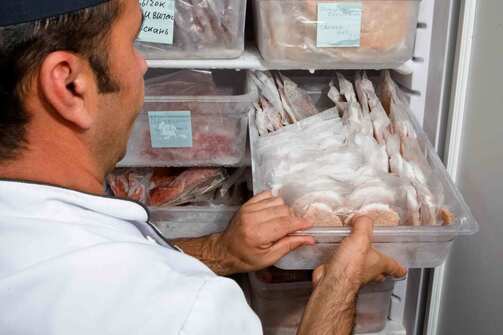
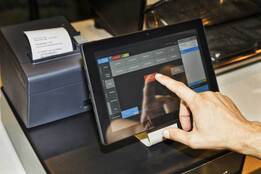
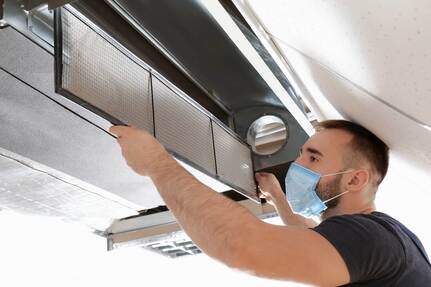
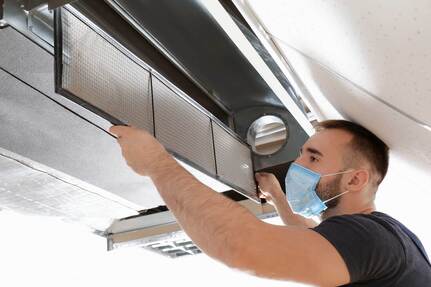
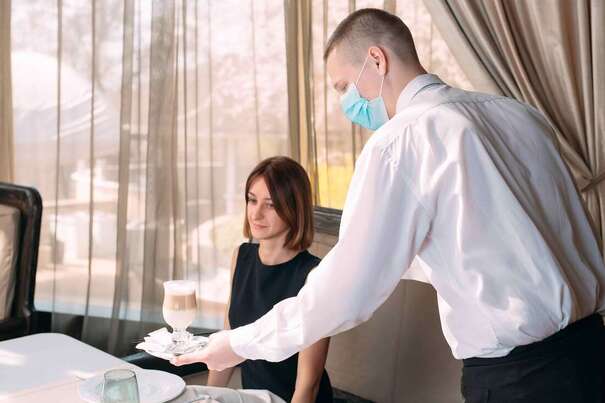
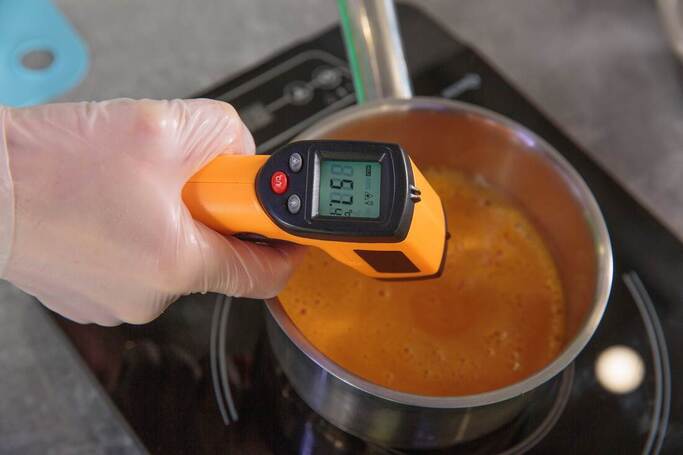


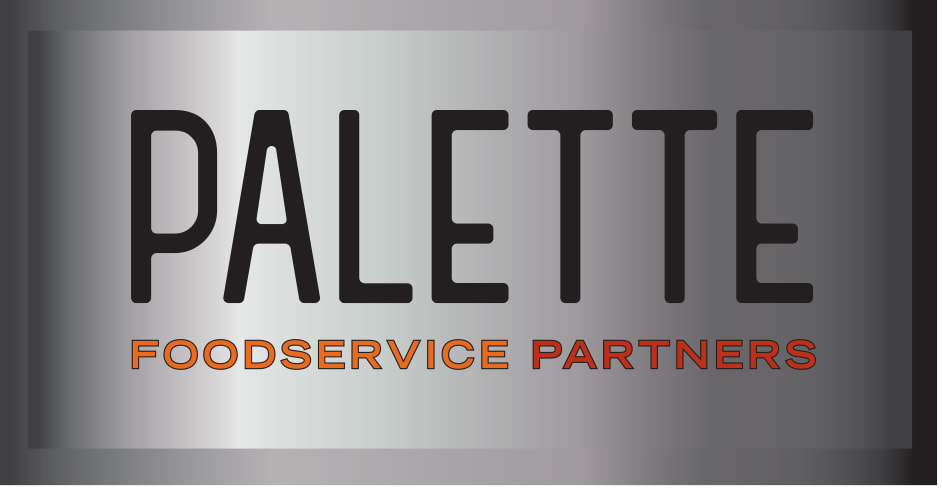
 RSS Feed
RSS Feed